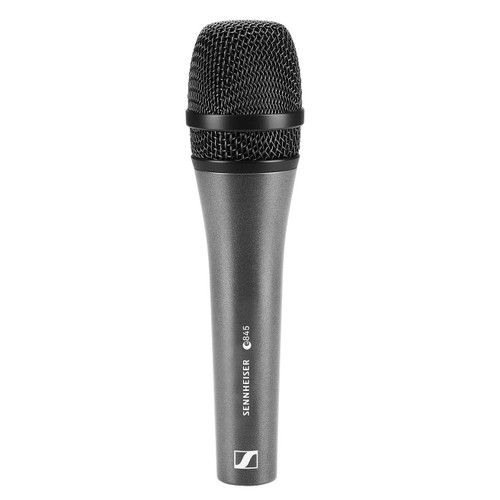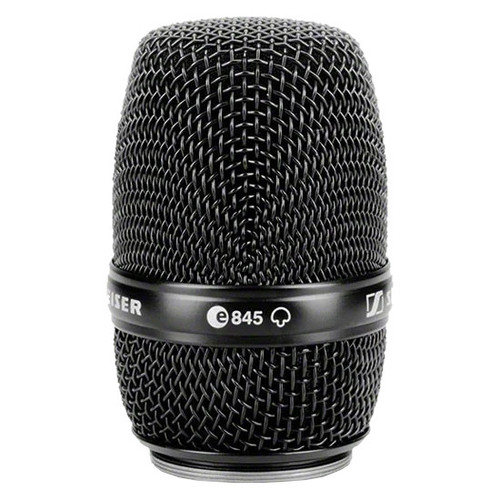Sennheiser's best dynamic mic for live vocals just got better. The super-cardioid MD 431 II has a custom-tailored frequency response to achieve added transparency. A nearly frequency-independent polar pattern offers incredibly high gain before feedback and provides uncolored off-axis response. Its new rugged housing has a steel-mesh grille, a shock-suspended capsule, and a hum-bucking coil. It features a noiseless, magnetic reed on/off switch which is recessed in its handle, and internal electronics for refining proximity effect.
Sennheiser MD 431 Features
- Exceptionally good feedback rejection
- Shock mounted capsule provides very good rejection of handling noise
- Hum compensating coil
- Integral pop filter
- On/off switch (reed switch) can be locked in the 'ON' position if required
- MD 431 Supercardioid Dynamic Microphone1
- MZA 4031 quick release clamp1
- Transducer TypeDynamic
- Polar PatternSupercardioid
- Frequency response (Microphone) 40 - 18000 Hz
- Sensitivity in free field, no load (1kHz) 2,2 mV/Pa +- 3 dB
- Nominal impedance 250Ω
- Min. terminating impedance1000Ω
- Dimensions Ø 49 x 200 mm
- Connector XLR-3
About Dynamic Microphones at Sound Productions
If you’re looking for an all-purpose, heavy-duty microphone, look no further than a dynamic microphone. Equally outstanding in both the studio and live on stage, dynamic mics are an affordable, versatile, and classic option for nearly every miking application. Popular uses include live performances, studio recordings, man-on-the-street style interviews, as well as podcasts that aim for a professional “radio voice” polish.
Dynamic microphones work using a coil attached to a magnet. When sound waves cause the coil to vibrate up and down against the magnet, an electromagnetic current is induced; in simple terms, this turns the sound into an electronic signal to be channeled into a recorded version or—in the case of live sound—into a speaker to distribute the sound to the audience.


























